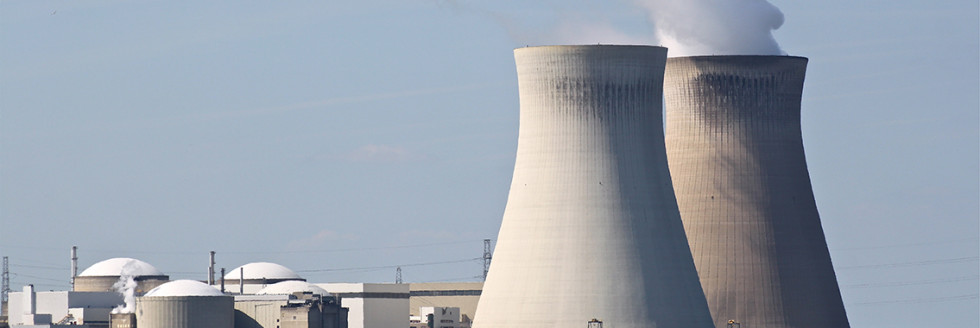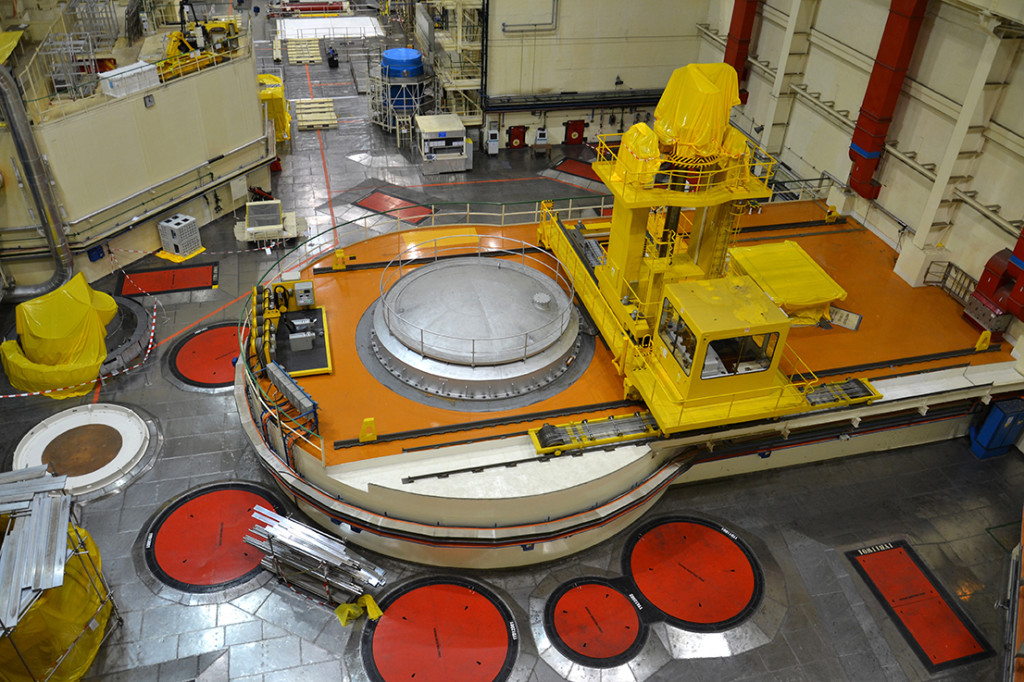- Home
- Activities
- Nuclear / Onshore
Introduction
As a former AREVA subsidiary (till 2010), PRINCIPIA has a strong background using simulation applied to Nuclear Assessment reports for mechanical components.
With more than 40 mechanical and CFD engineers and associated key experts, we use state-of-the art software on a daily basis (ANSYS, ABAQUS, LS-DYNA, PERMAS, CFX, FLUENT, STARCCM+, …) to qualify behavior and performance of nuclear systems/components in compliance with appropriate regulations and codes (RCC-M, RCC-MR, RCC-MX, RCC-MRX, ASME, EUROCODES, …)
Advanced FE Analysis
STRUCTURAL MECHANICS
- Linear and non-linear behaviours :plasticity, buckling, contact
- Metallic, plastic and composite materials
- Multi-scale (micro/macro) and homogenization
- Fatigue life assessment of steel and elastomeric components
- Failure and crack propagation
- Dynamic vibratory response
- Fast dynamics
- Coupling with fluid and thermal effects
FLUIDS DYNAMICS
- Multi-phase flows
- Free surface model (VOF tracking method, capturing method)
- Incompressible and compressible flows (high and low mach)
- Cavitation model
- Mass / heat transfer including condensation
- Fluid / solid thermal coupling
- Fluid / structure coupling
FLUID / STRUCTURE INTERACTION
- Shocks involving structures and inner/outer fluids
- Dynamic response of structures in the presence of liquid
Risk Analysis
PRINCIPIA can deliver vulnerability analysis in different domains such as:
- Seismic structural response
Different numerical methods are used to evaluate structural response within seismic hazard areas.
Main references are in the Nuclear (Post-Fukushima) and Defense domains (harbor facilities such as cranes, workshops, buildings, …)
- Crash / Impact :
Large deformation analysis (LS-DYNA) structure/structure and also structure/fluid
Main references are in Nuclear (waste handling), Marine-OffShore (boat/boat, boat/fixed structure, .),
- Explosion (blast, underwater)
Structural response both under blast effect (LS DYNA) and underwater explosion (USA)
Shock wave propagation due to explosion – TNT, oil slick, nuclear plant – and impact on onshore structures and vessels (FLUENT)
Main references are in Nuclear, Marine-OffShore and Defense
- Accidental dropped object :
Damage evaluated either from dropped objects or from receiving structures.
Main references are for lifting operations in Nuclear, Industry and Marine/OffShore
Regarding Marine/OffShore, we also qualify dropped objects from deck structure to sea-bed.
- 3D thermic / thermohydraulic (FLUENT, STARCCM+, EOLE)
Engines room of nuclear plants
Nuclear propulsion
- Tank safety :
Qualification of wave effects due to failure of tank containment: pressure loads on bund walls, overflowing above the walls, flooding of external environment, mitigation of wave effects with the use of protection devices.
PRINCIPIA relies on its core expertise in CFD and advanced knowledge of 3D free surface simulations for such analysis, capitalizing on its in-house CFD product EOLE.
References: TOTAL, EDF, EXXON…
- Tsunami :
As a result of research projects run with key CEA experts in seismo-tectonics, we have developed a methodology, based on 2D large scale (Saint-Venant, Boussinesq) and 3D local scale (CFD) coupling, to qualify tsunami effects on coastal environments.
References
Nuclear Power Plant (NPP) operated by EDF,
Newly built NPP projects : EPR (Finland, France, China, UK)
Research reactors such as RJH, RHF, RES, CABRI, OSIRIS
Fuel plants such as LA HAGUE, COMURHEX, GBII
Conceptual projects such as FLEXBLUE
Nuclear propulsion


